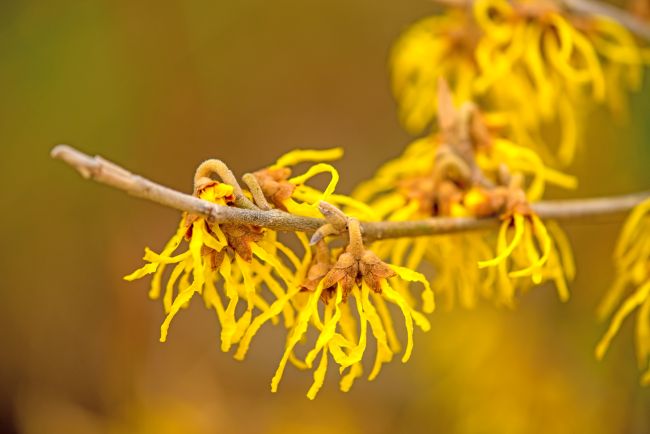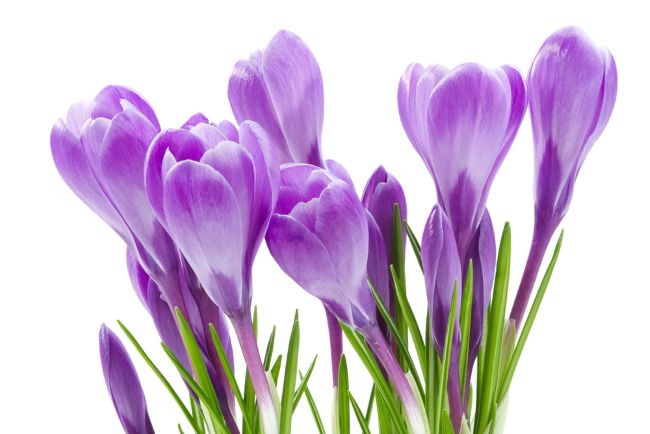Preparing for winter colour in the garden

Whitch hazel flower
Fragrance in the Cold: Winter‑Flowering & Scented Plants for UK Gardens (November – March)
Winter in Britain doesn’t have to be a horticultural hibernation. With a well‑chosen palette of bulbs, perennials and shrubs, you can enjoy colour and fragrance from the first frosts of November to the gentle thaw of March. Below you’ll find a month‑by‑month guide to plants that shine when days are shortest—plus a few later performers to keep the display rolling into spring.

Crocus flower – First of the bulbs to flower in spring
Why Plant for Winter Scent?
- Engage the senses. Perfume travels farther in cool, still air; even a single flowering twig by the front door can lift the mood on a grey morning.
- Support wildlife. Many of these plants provide late or early nectar for overwintering bumblebees and emerging pollinators.
- Successional interest. Layering bulbs beneath shrubs ensures something is always coming into bloom just as another fades.
Month‑by‑Month Highlights
November
- Cyclamen hederifolium – Rosy or white reflexed flowers weave among fallen leaves from August, often lingering until early December.
- Viburnum × bodnantense ‘Dawn’ – Bare branches studded with clusters of rose‑pink flowers exuding a sweet, spicy perfume.
- Coronilla glauca ‘Citrina’ – A wiry, semi‑evergreen wall shrub that carries soft lemon pea‑flowers throughout winter.
- Mahonia × media ‘Charity’ – Upright spires of lily‑of‑the‑valley‑scented yellow blooms, adored by late bees.
- Helleborus niger (Christmas rose) – Large, white bowls nodding above dark evergreen foliage.
- Autumn crocus / meadow saffron (Colchicum autumnale) – Lilac goblets appear without leaves in September–October, sometimes persisting into November.
December
- Sarcococca confusa (Christmas box) – Small, creamy tassels that pump out a heady vanilla scent in the shadiest corner.
- Daphne bholua ‘Jacqueline Postill’ – Clusters of pink‑flushed white flowers on neat evergreen stems; legendary fragrance.
- Lonicera fragrantissima (winter honeysuckle) – Ivory pairs of flowers illuminate bare twigs and smell of lemon sherbet.
- Chimonanthus praecox (wintersweet) – Translucent yellow bells, richly scented, perfect for cutting and bringing indoors.
- Iris unguicularis (Algerian iris) – Produces violet‑blue, primrose‑scented blooms whenever the weather softens.
- Garrya elliptica ‘James Roof’ – An architectural evergreen draped in 15–20 cm silken catkins that give off a gentle musk.
January
- Hamamelis × intermedia ‘Diane’ – Spidery copper‑red ribbons unfurl with a spicy, clove‑like aroma.
- Snowdrops (Galanthus species & early cultivars) – Honey‑scented nodding heads; plant in generous drifts for impact.
- Prepared hyacinths – Force a pot in darkness for six weeks and you’ll have intensely perfumed spikes by the New Year.
- Early daffodils (Narcissus ‘Rijnveld’s Early Sensation’ & indoor N. papyraceus) – Sunshine trumpets or paper‑whites to scent windowsills.
- Garrya ‘James Roof’, Daphne bholua and winter honeysuckle continue to peak.
February
- Daphne mezereum – Leaf‑less stems smothered in lilac‑pink flowers whose fragrance carries metres on still days.
- Iris unguicularis keeps throwing blooms between cold snaps.
- Early crocus (Crocus tommasinianus & friends) – Lavender‑lilac goblets open to the sun and offer delicate honey scent.
- Hamamelis and Chimonanthus remain at full song.
March
- Viola odorata (sweet violet) – Classic Parma‑violet perfume close to the soil.
- Primula vulgaris (native primrose) – Soft yellow faces and gentle scent naturalise under deciduous shrubs.
- Drumstick primrose (Primula denticulata) – Perfect pom‑poms in white, lilac or magenta; lightly sweet perfume.
- Candelabra primula (P. japonica group) – In very mild regions the earliest tiers of colour can show by late March, heralding the spring crescendo.
- Iris reticulata – Dwarf reticulata iris; vivid purple‑blue flowers with a delicate violet fragrance, blooming in sunny spells from late February through March—often the first bulb to pop in a sunny gravel or pot.
- Shooting‑star primula (Primula [Dodecatheon] meadia) – Thanks to milder winters, this North‑American primula is now being spotted flowering from March in many UK gardens, bringing its nodding magenta‑and‑white blooms (and soft honey scent) a month earlier than its historic April debut.
Design Tips for a Perfumed Winter Border
- Put scent on the route. Position the most powerfully fragrant shrubs—Daphne, Sarcococca, Viburnum—by gates, paths and doorways.
- Layer vertically. Underplant shrubs with bulbs (snowdrops under witch‑hazel; crocus among Sarcococca) to double the display in the same footprint.
- Mix evergreens and bare stems. Evergreen backdrops like Garrya or Mahonia make pale winter flowers pop, while skeletal plants (witch‑hazel, wintersweet) show theirs off in silhouette.
- Use containers tactically. Pots of hyacinths or prepared narcissus can be moved to centre stage just as they scent, then hidden once they fade.
- Plan for succession. Follow this November–March palette with later primulas, tulips and flowering cherries so fragrance never drops out of the garden year.
Get planting with your GardenAdvice gardening expert
A garden that smells wonderful when most are dormant is a small act of magic. By weaving together these winter specialists you’ll create an outdoor room that rewards every cold‑weather visit—with blooms to admire, perfume to savour and pollinators grateful for a lifeline until spring fully arrives.





















